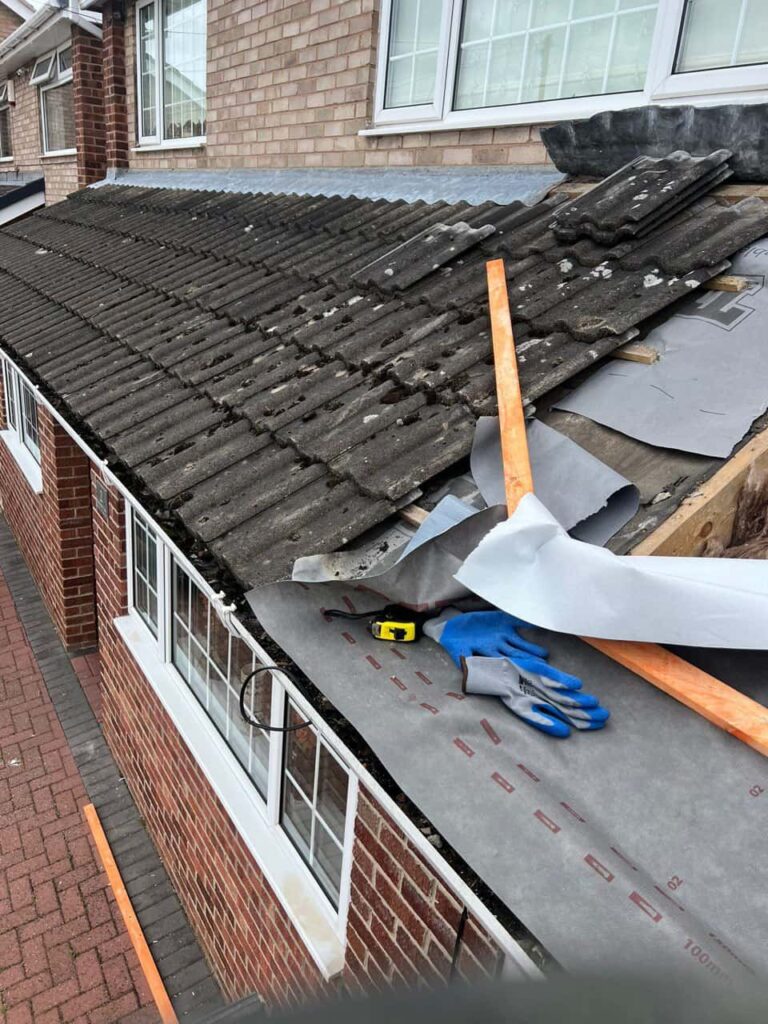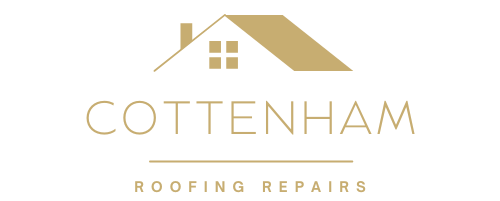Flat roofs have become an iconic feature in modern architecture, combining form and function to create clean, minimalistic lines that enhance the overall design of a building. While flat roofs have traditionally been associated with commercial properties, they are increasingly being incorporated into residential designs, adding a contemporary touch to homes. At Cottenham Roofing Repairs, based in Cottenham, Cambridgeshire, we understand the growing appeal of flat roofs in modern architecture. In this blog post, we will explore how flat roofs contribute to the aesthetic appeal of contemporary buildings and why they are a popular choice for both residential and commercial properties.
1. Sleek, Minimalist Design
Flat roofs are a hallmark of modern architectural design, offering a sleek, minimalist appearance that complements contemporary styles. Unlike pitched roofs, which create more traditional silhouettes, flat roofs contribute to the clean, geometric lines favoured in modern homes and commercial buildings. The simplicity of a flat roof enhances the building’s structure, making it appear more streamlined and elegant.
- Uninterrupted lines: A flat roof eliminates the complex angles and slopes of a traditional roof, resulting in a more uniform, visually appealing structure. This minimalist approach is particularly suited to modern architecture, where simplicity and elegance are key.
- Enhanced facade: Flat roofs often highlight other architectural features, such as large windows, clean facades, and innovative materials, allowing these elements to stand out without distraction.
2. Versatile and Functional Design Options
Flat roofs offer incredible versatility in terms of design and functionality, allowing architects and homeowners to utilise the roof space in creative ways. The flat surface can be used as a functional extension of the property, providing additional outdoor space without expanding the building’s footprint.
- Rooftop terraces and gardens: Many modern properties incorporate rooftop terraces or gardens, creating an outdoor living area with views and additional space for leisure or entertaining. Flat roofs provide the perfect foundation for such features, blending seamlessly with the overall design.
- Solar panels and green roofs: Flat roofs also offer practical benefits, such as being an ideal base for installing solar panels or creating eco-friendly green roofs. These features not only contribute to the sustainability of the property but also enhance its modern aesthetic.
3. Space Efficiency in Urban Environments
In urban environments where space is limited, flat roofs offer a practical solution for maximising the available space. By building upwards with a flat roof, property owners can create more usable square footage without compromising on design. Flat roofs can also provide additional storage or utility space for HVAC systems, making them an efficient choice for commercial and residential buildings in densely populated areas.
- Maximising rooftop space: The flat surface of the roof can be used for a variety of purposes, from storage to recreational space, offering homeowners and businesses more flexibility in how they utilise their property.
- Ideal for multi-storey buildings: In multi-storey buildings, flat roofs help maintain a compact, vertical design, which is especially beneficial in cities where horizontal expansion is not an option.
4. Cost-Effective and Efficient Construction
Flat roofs are typically more cost-effective to build and maintain compared to pitched roofs. The materials and labour required for a flat roof are often less intensive, and the simpler design allows for quicker installation. For property developers and homeowners, this can result in significant savings without sacrificing the aesthetic appeal of the building.
- Lower construction costs: The straightforward design of a flat roof requires fewer materials and less time to construct, making it a budget-friendly option for modern builds.
- Easier maintenance: Flat roofs are easier to access for maintenance, which simplifies tasks like cleaning gutters, inspecting the roof surface, or installing new features such as solar panels.
5. Complementary to Sustainable Design
Sustainability is a growing concern in modern architecture, and flat roofs contribute to eco-friendly design in several ways. By supporting the installation of green roofs, solar panels, and water collection systems, flat roofs help reduce the environmental impact of buildings.
- Green roofs: Installing a green roof on a flat surface adds vegetation that improves air quality, reduces the heat island effect, and provides insulation, all while enhancing the aesthetic appeal of the building.
- Solar integration: Flat roofs offer the perfect platform for installing solar panels at the optimal angle to maximise energy efficiency, making them a key feature in sustainable building design.
Conclusion
Flat roofs are a defining feature of modern architecture, combining sleek aesthetics with functionality and sustainability. Their minimalist design enhances the overall appearance of contemporary buildings while offering versatile space that can be used for terraces, green roofs, and more. At Cottenham Roofing Repairs, we specialise in the installation, maintenance, and repair of flat roofs in Cottenham, Cambridgeshire, helping homeowners and businesses achieve a modern, durable, and visually appealing roofing solution.
Call us on: 01954 776 176
Click here to find out more about Cottenham Roofing Repairs
Click here to complete our contact form and see how we can help with your roofing needs.

